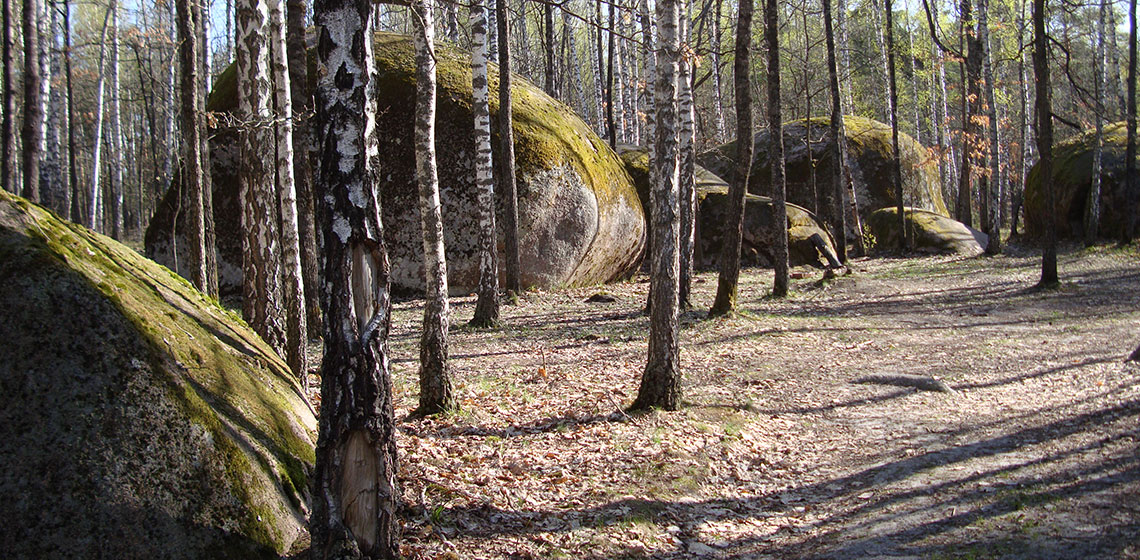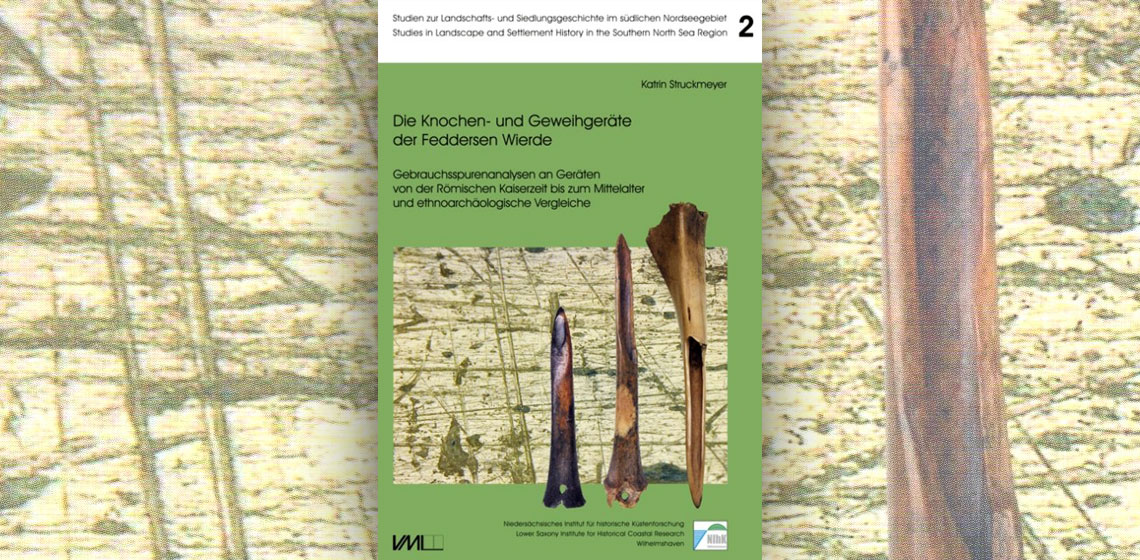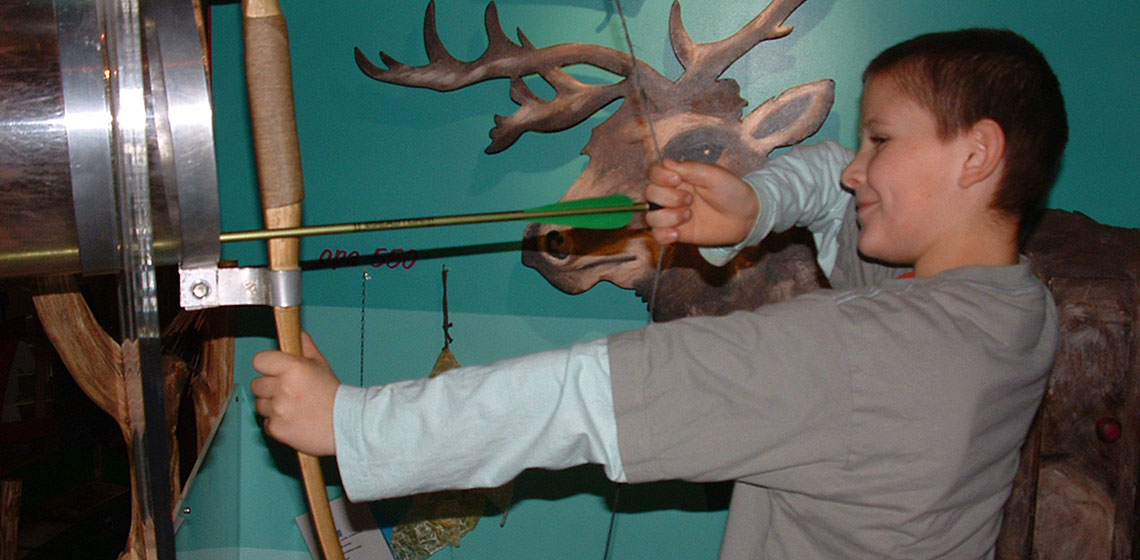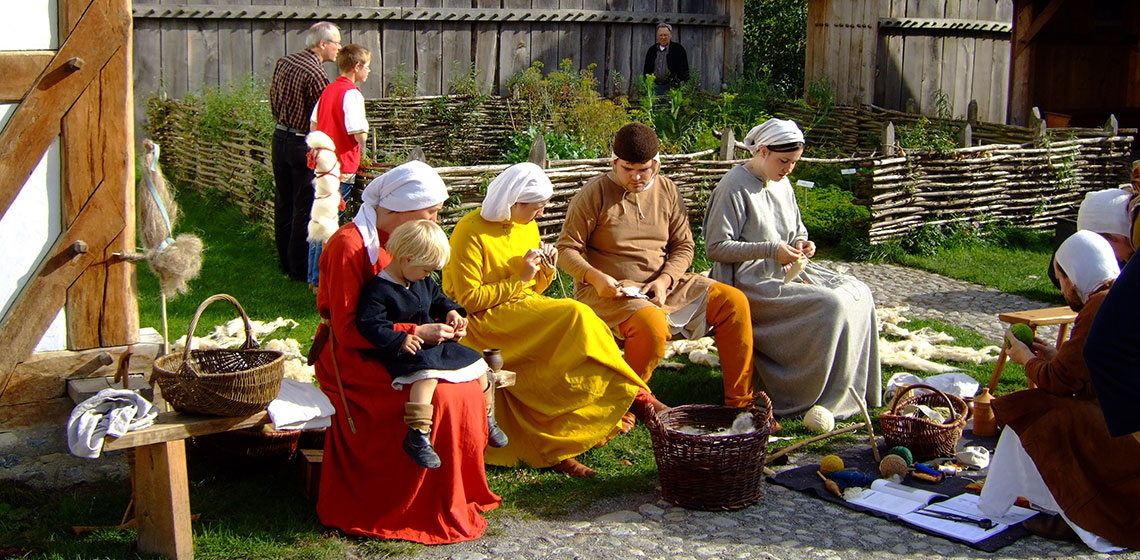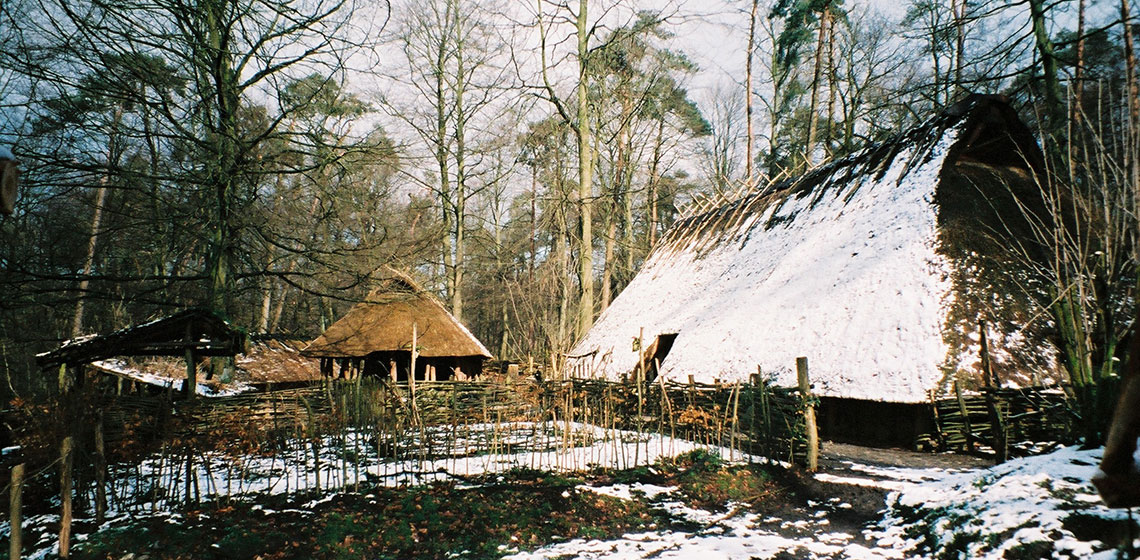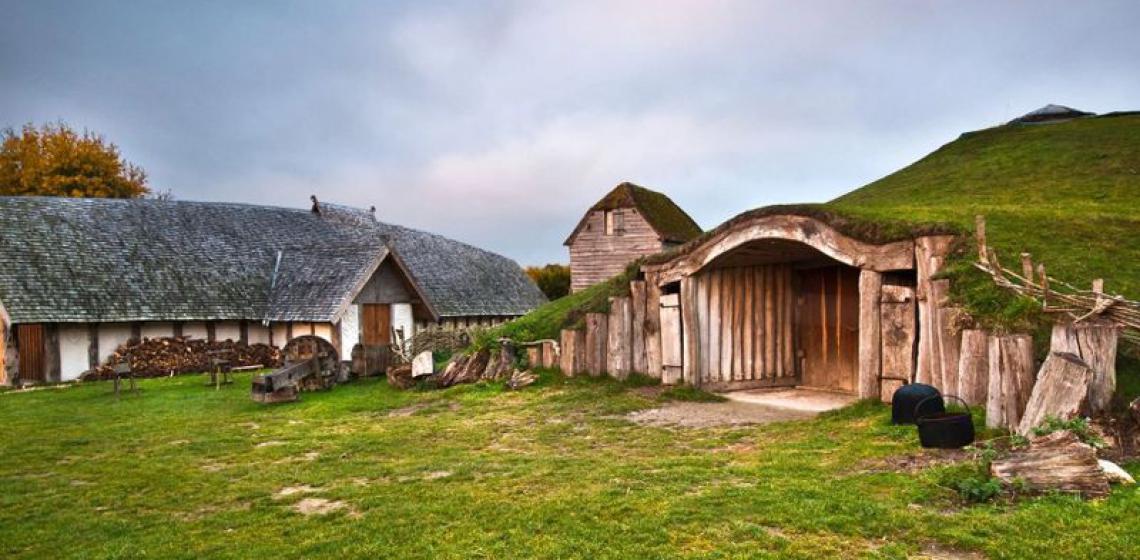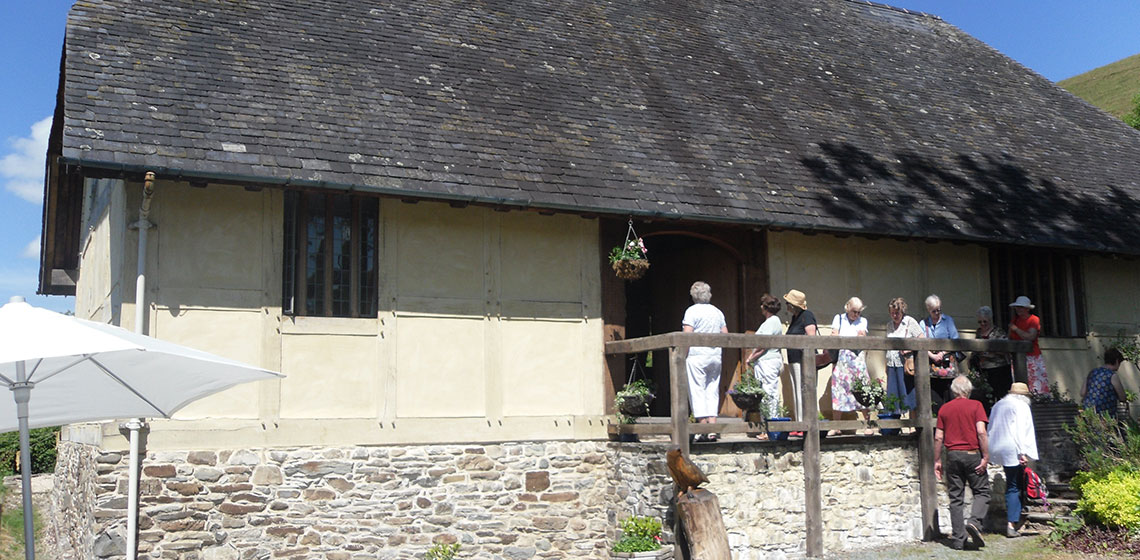Early Middle Ages
Book Review: Die Knochen- und Geweihgeräte der Feddersen Wierde by Katrin Struckmeyer
Public Outreach in the Drents Museum in Assen (NL)
International Learning Partnership: Living History and Adult Education in the Museum
Archaeological Open-Air Museums in the Netherlands, a Bit of History
Conference Review: III Congrès Internacional d’Arqueologia Experimental
Ancient Technology Centre (ATC) (UK)
The Goal of the Ancient Technology Centre is to engage people of all ages in the daily life of our ancestors and to increase their understanding of the skills, resources and strategies available to them.
The Goal of the Ancient Technology Centre is to engage people of all ages in the daily life of our ancestors and to increase their understanding of the skills, resources and strategies available to them...
Discussion: Archaeological Reconstruction in Situ
A view of John H. Jameson (USA)
At historic sites, monuments, and parks, the process of effective interpretation allows each visitor to find an opportunity to personally connect with a resource or place. Each individual may connect to the place in a different way, and some may not connect immediately, but everyone should have an opportunity to explore how that special site or place is meaningful to them.
Did people know they were people or did they still think they were monkeys (NL)?
Many peoples modestly called and still call themselves ‘people’, like the Ainu in Japan or the Inuit of the Polar Circle as do many others. Prehistoric groups of people like the Neanderthal may have had the same habit...
What kind of weapons did people use in the Middle Ages (NL)?
Weapons were both used when hunting, in a fight and at war. Many items can be used as weapon, in an impulse, but I think you refer to tools specifically made to hunt with, to hurt or to kill, to threat with or to use in fight sports or tournaments...

